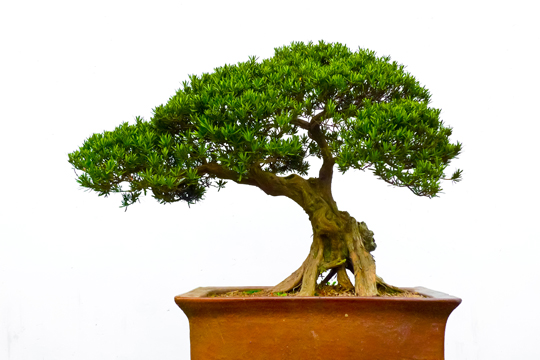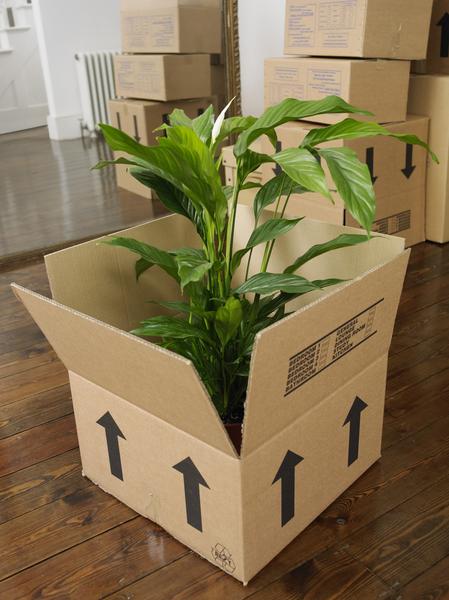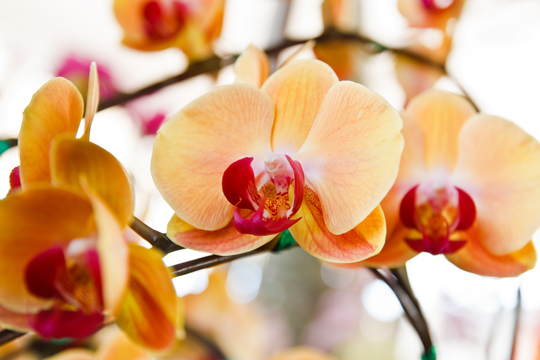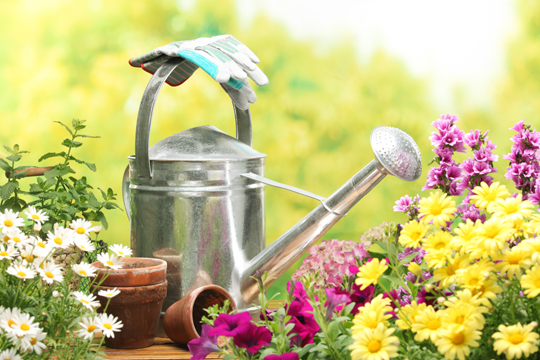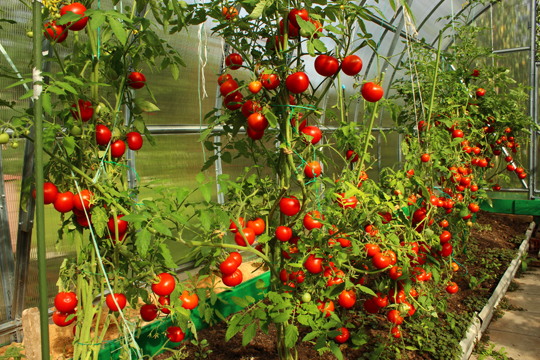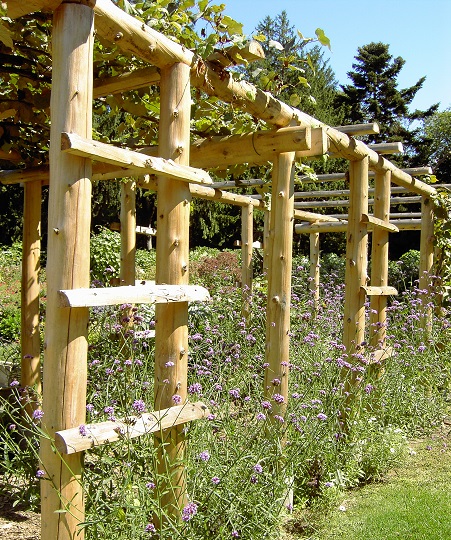People who seek to turn their homes into welcoming, friendly, vibrant environments mimicking nature’s absolute perfection are always looking for the best types of potted plants for their property. Some of them will settle for no less than exquisite, amazing varieties representing real oxygen-producing artworks.
For these homeowners, a bonsai tree might be the perfect option at hand. Connoisseurs are fully aware of the fact that there are numerous bonsai tree types. Which one would be right for you? Keep reading to find out.
Many shapes and sizes, many possibilities
When it comes to purchasing a bonsai tree for your home, its shape and size are probably the most important selection criteria that might influence your final decision. Keep in mind that bonsai trees are extremely versatile, require extensive maintenance, and their form will always reflect your imagination and your trimming skills.
Even so, there are plenty of bonsai tree types to choose from. Pick the most amazing one based solely on your aesthetic requirements.
> If you want to admire a tiny bonsai tree that looks pretty much like a centuries-old gothic cathedral, then the simple, yet extremely sophisticated and popular Chokkan style could be the perfect option for you.
> You could also opt for the Hokidachi style (broom form), Shakan style (the well-liked slanting form, representing the perfect symbol of stability).
> Or perhaps the Moyogi style, with its gorgeous curves, is more toy our taste.
> The cascade form, also known as the Kengai style, is perfect for people who want to grow beautiful bonsai trees hanging out of their pots.
> If you’re a big fan of tasteful elegance and thin, rare branches grown in an upright position, then you might appreciate the simplicity of the Bunjingi style.
Ask an expert
Of course, one could easily find numerous types of plant varieties that could be easily grown in a pot as tiny trees. The Juniper, the Black olive bonsai, the Ficus, with over 100 different species, the low-maintenance Chinese elm, the Jaboticaba bonsai, famous for its exotic, amazing flowers and fruits are only one of the few tempting alternatives that you might want to consider.
You should always pick the best bonsai tree types for you based on where you live, the particularities of your indoor space, and the exact amount of time that you plan to spend trimming the branches of your bonsai. When in doubt, get the best answers from an experienced landscaper. Find the best ones by counting on TalkLocal, a free service that will connect you with the right professional, right away!

